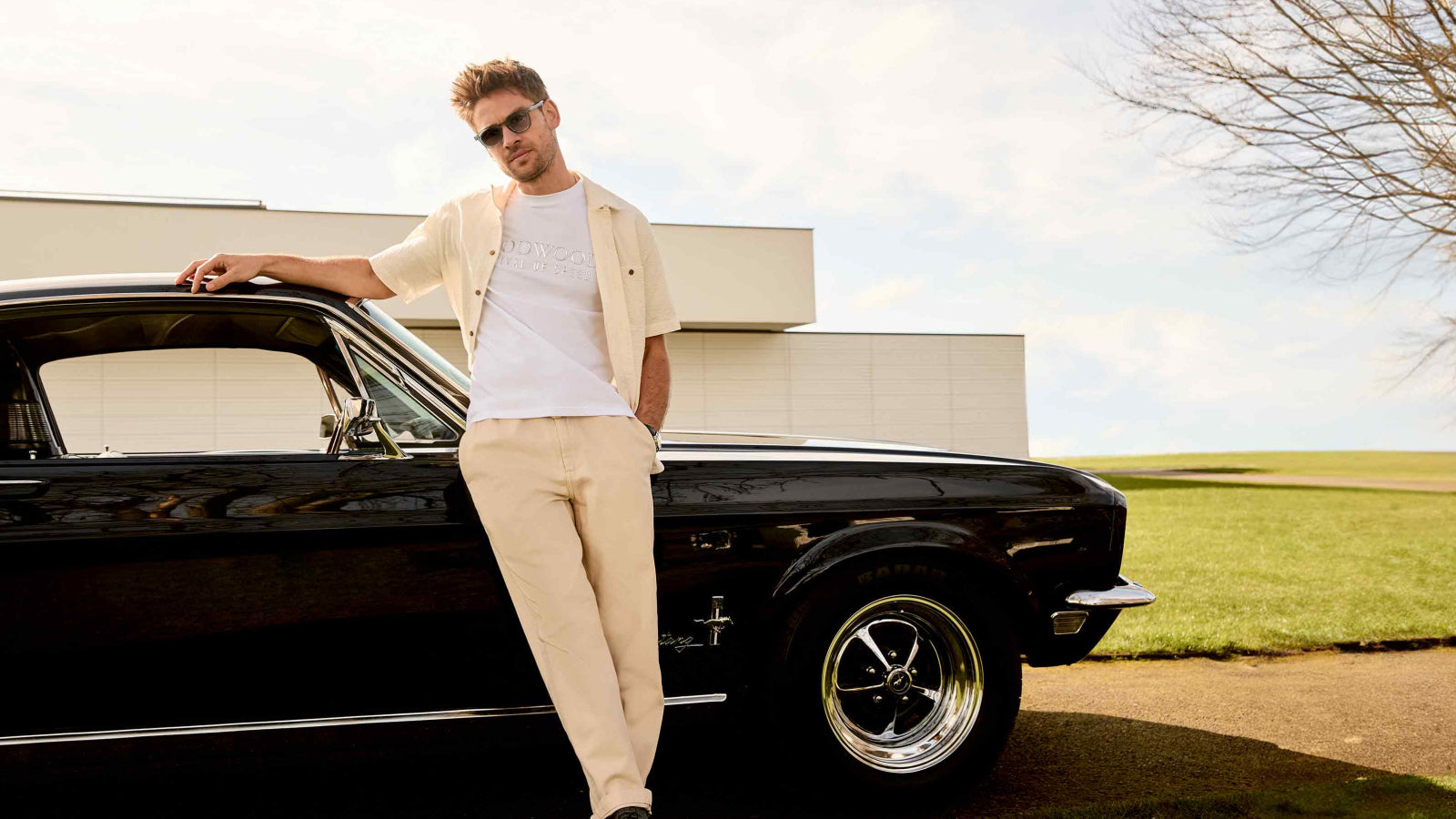Exploring ‘Cars: Accelerating the Modern World’ at the V&A
Down a sleek black staircase in the depths of the V&A exists a new exhibition. I say new, but as is often the case with such displays, the theme is far from current. For this is Cars: Accelerating the Modern World, an exhibition taking a retrospective look at automobilia and its associations throughout the ages.

To some, cars are just a fact of life – as vital as, say, a kettle, or an iron. But to our ancestors they have been all kind of things – novelties, fashion statements, and above all, the promise of a brighter future.
So, it’s only fitting that the Victoria and Albert Museum play host to the exhibition (from now until Sunday, April 19th 2020) that delves into the depths of car design, showcasing how the advent of personal mobility shaped the world.

As you walk into the dungeon gallery, a large screen suspended from the ceiling plays a short historic film – General Motor’s historic take on the futuristic flying car – which shows time travel as the solution for traffic jams. Underneath the screen, the very Firebird concept that featured in the clip takes pride of place, sitting in front of a Benz Patent Motorwagen No.3, and a gleaming Ford Mustang Fastback. In total, the expo features 16 vehicles.
An adjacent gallery features artists impressions of future mobility. Just as Busted sang “I've been to the year 3000, not much has changed, but they live underwater,” the depictions are drastic.
Take Jake Albert Robida’s ‘Sortie de l’Opera en l’an 2000’, drawn in 1902, featuring strange dragon-esque flying cars and a hovering restaurant. Or Francois Schuilen’s mechanical trio published in the 1988 Encyclopédie des Transports Présents et à Venir. While dating from opposite ends of the 20th century, the theme is the same, with many over-ambitious oeuvres depicting a future of mobility that we have yet to achieve.

Photographs, trophies and posters of early motor racing complement a pristine example of a Delahaye Type 145 – the car that won France’s ‘Million Franc Race’ – the challenge set by the French government to build a car fast enough to beat the Germans in the Grand Prix. This very model was driven by René Dreyfus, and took victory in the 1938 Grand Prix in both Pau, France, and Cork, Ireland.
Around the corner, a repulsively bizarre creature called Graham reclines, as infographics flash up illustrating sobering crash statistics from the past. If car crash natural selection was a thing, we’d all look like Graham…
Approach the back of the gallery, you’d be forgiven for wondering whether you’d wandered into an abattoir. From the ceiling hangs a pig carcass, and on a large screen, the meat packing process is played on a loop. For this is from where Henry Ford took his inspiration for the Model T production line, a process which brought automobiles to the masses.

From the factory line came fashion – the boiler suit and overalls joining the public’s penchant for driving attire. And cars weren’t exempt from the pursuit of beauty either, with individualism coming out in colour schemes and coachbuilding. A beautiful 1927 LaSalle Roadster in the display compounds this. Known as ‘The car that mimicked Luxury’, the Roadster was the first factory-produced ‘luxury’ car, with beautiful curving bodywork disguising the rough finish of a factory-produced car.
Subcultures are explored on two giant screens, from the lowriders in Latin America to Dubai’s desert racing, the Vintage Sports Car Club of middle England and South Africa’s spinning scene.
Perhaps my favourite vehicle of the expo was the Citroën Autochenille, the forebear of overland adventure. Also known as the L'Eléphant-à-la-Tour, the model on display was one of eight such half-tracks that took part in the Croisière noire, a 20,000km expedition across Africa. The roofless vehicles departed from Algeria in October 1924, arriving in Uganda five months later, before splitting up to transverse various regions of Africa, eventually reuniting in Madagascar in June 1925. This exhibition helped popularise overlanding and paved the way for Africa’s extensive trade road network.

Rounding the corner to the final section of the exhibition, the theme transgresses from the uplifting promise of 1960’s mobility to the dark reality of the ensuing oil crisis. A live timer counts down the planets remaining oil by barrel (1,525,764,258,980 while I’m there) while a chart flicks through the rising temperatures across the planet.
I leave the gallery, retreat back up that sleek black staircase and step out on to London’s packed streets, reflecting on the exposition’s final room, where modern concepts of future electric travel feature (Italdesign’s flying electric car foremost). As we approach the end of another decade, billions of pounds is now dedicated to making those 20th century artists’ electric impressions a reality – will people look back on those in an exhibition one day as antiquated motoring tools?
Images courtesy of the V&A.
Motor Show





